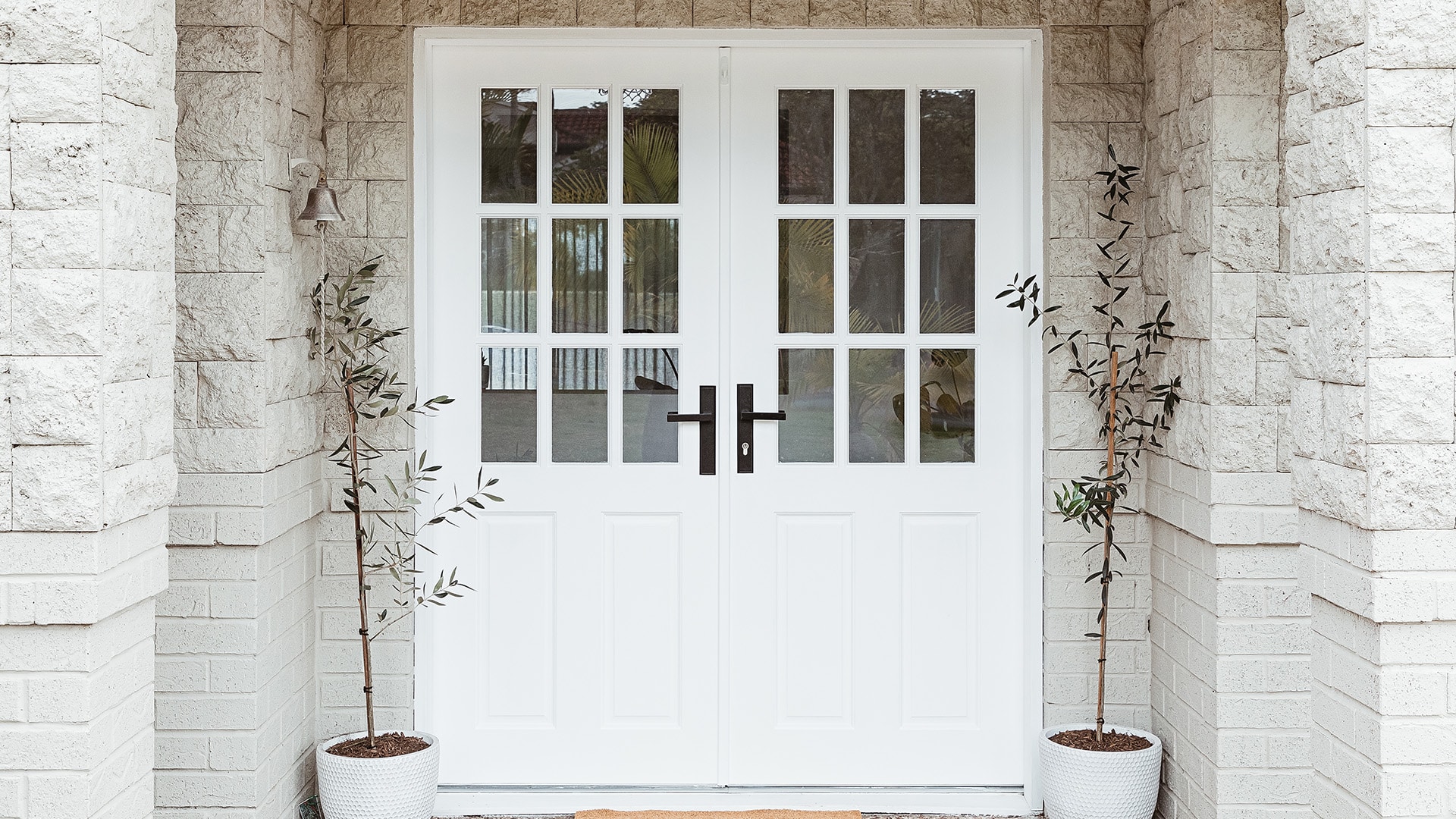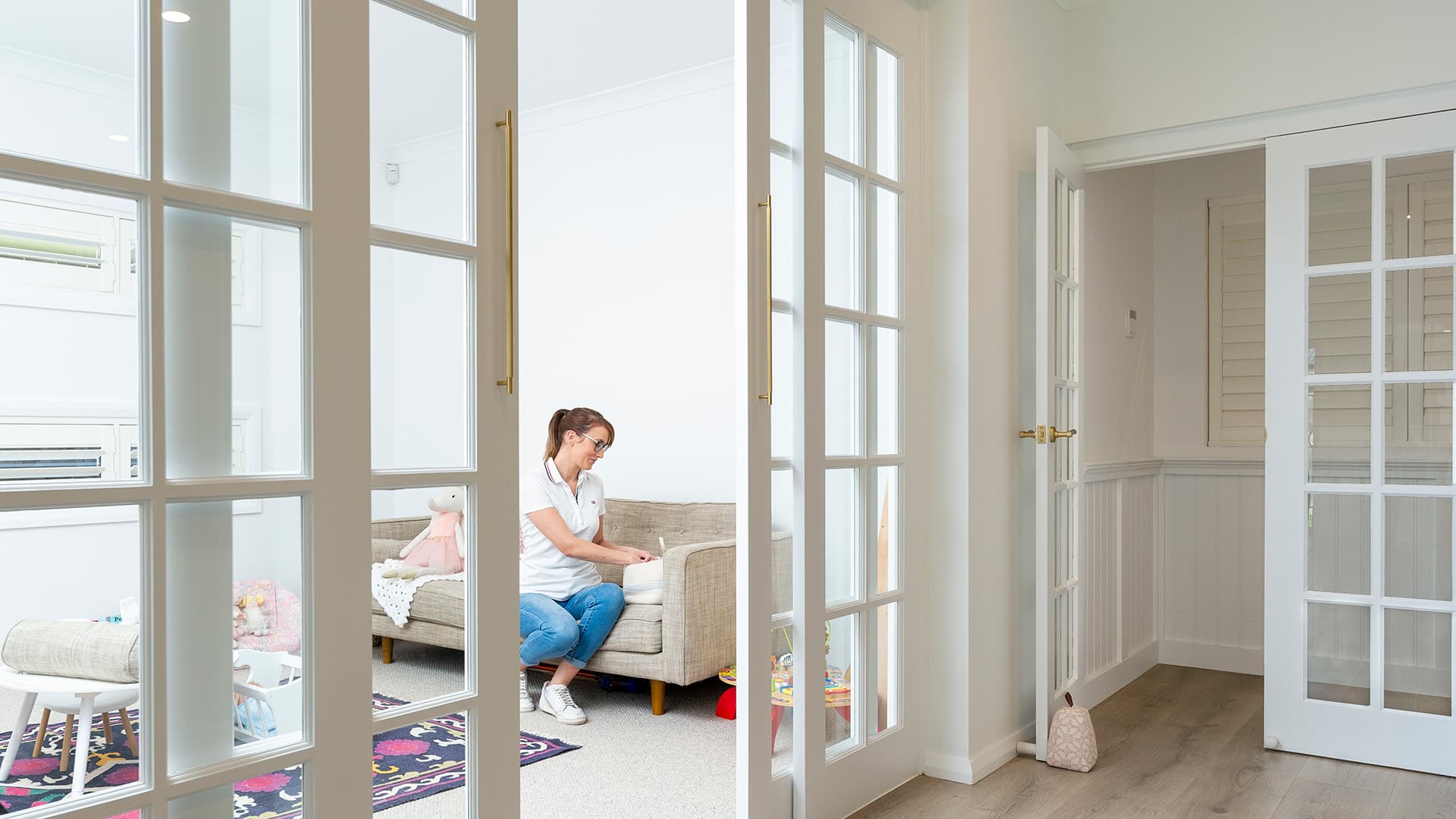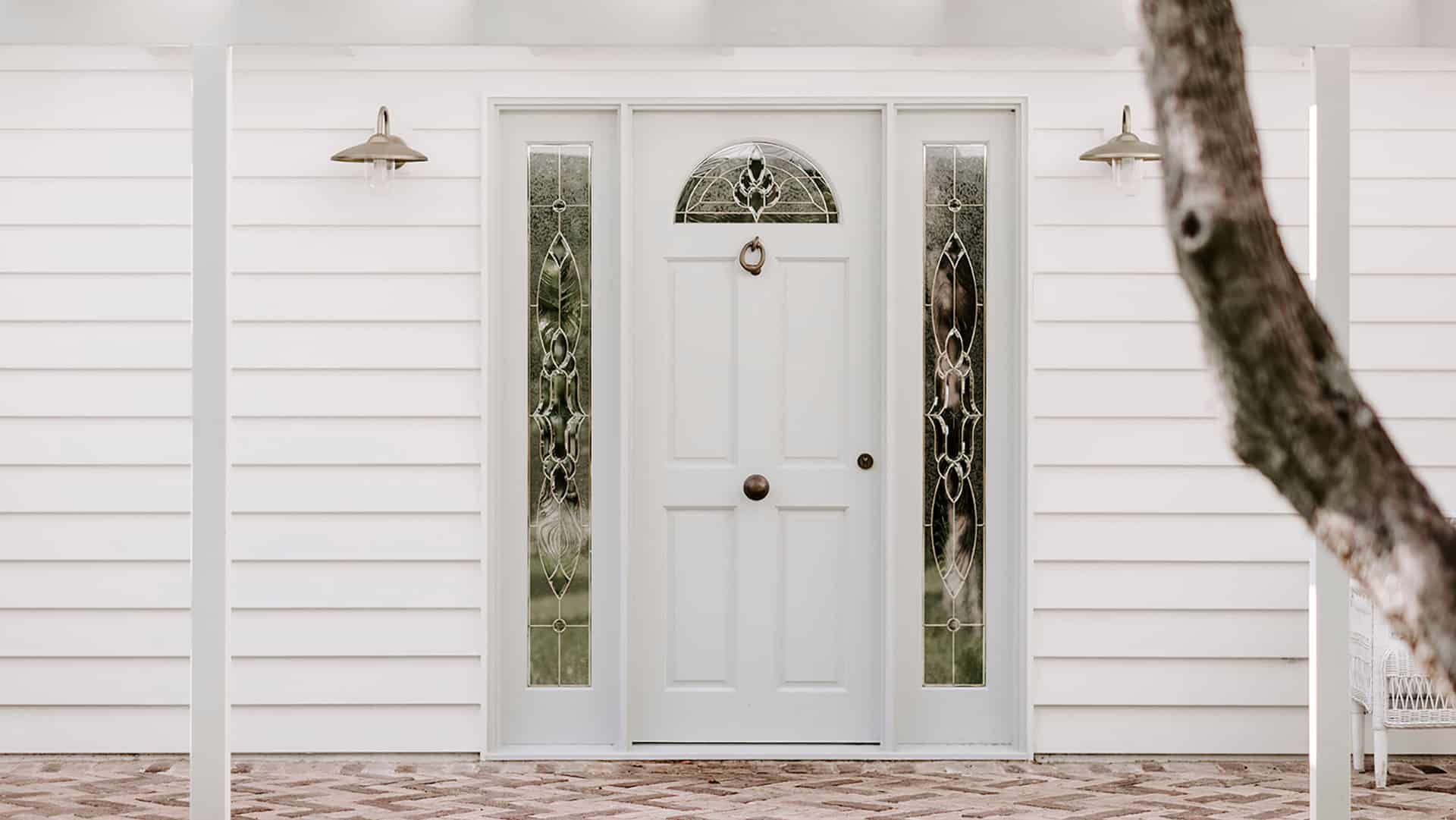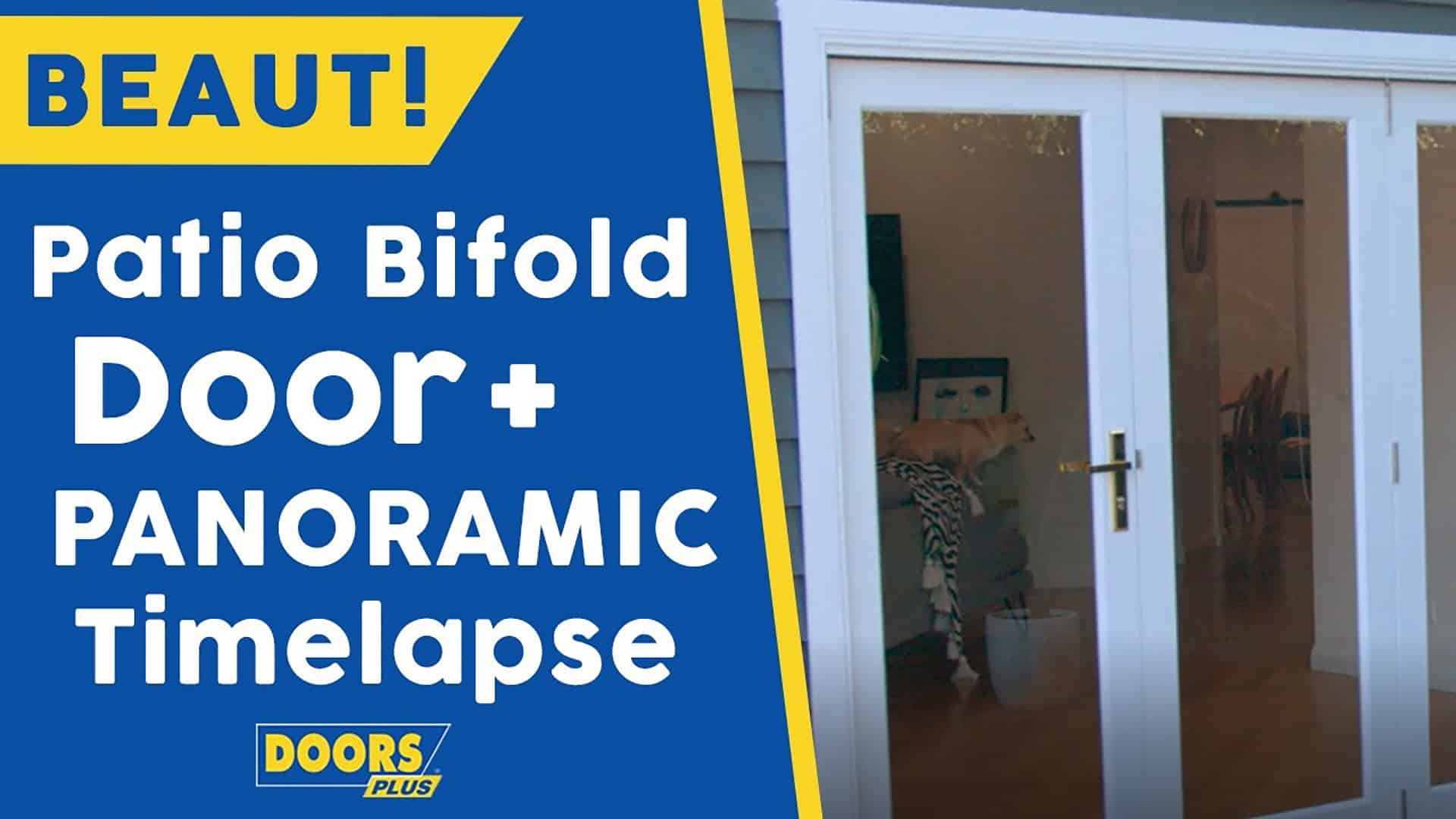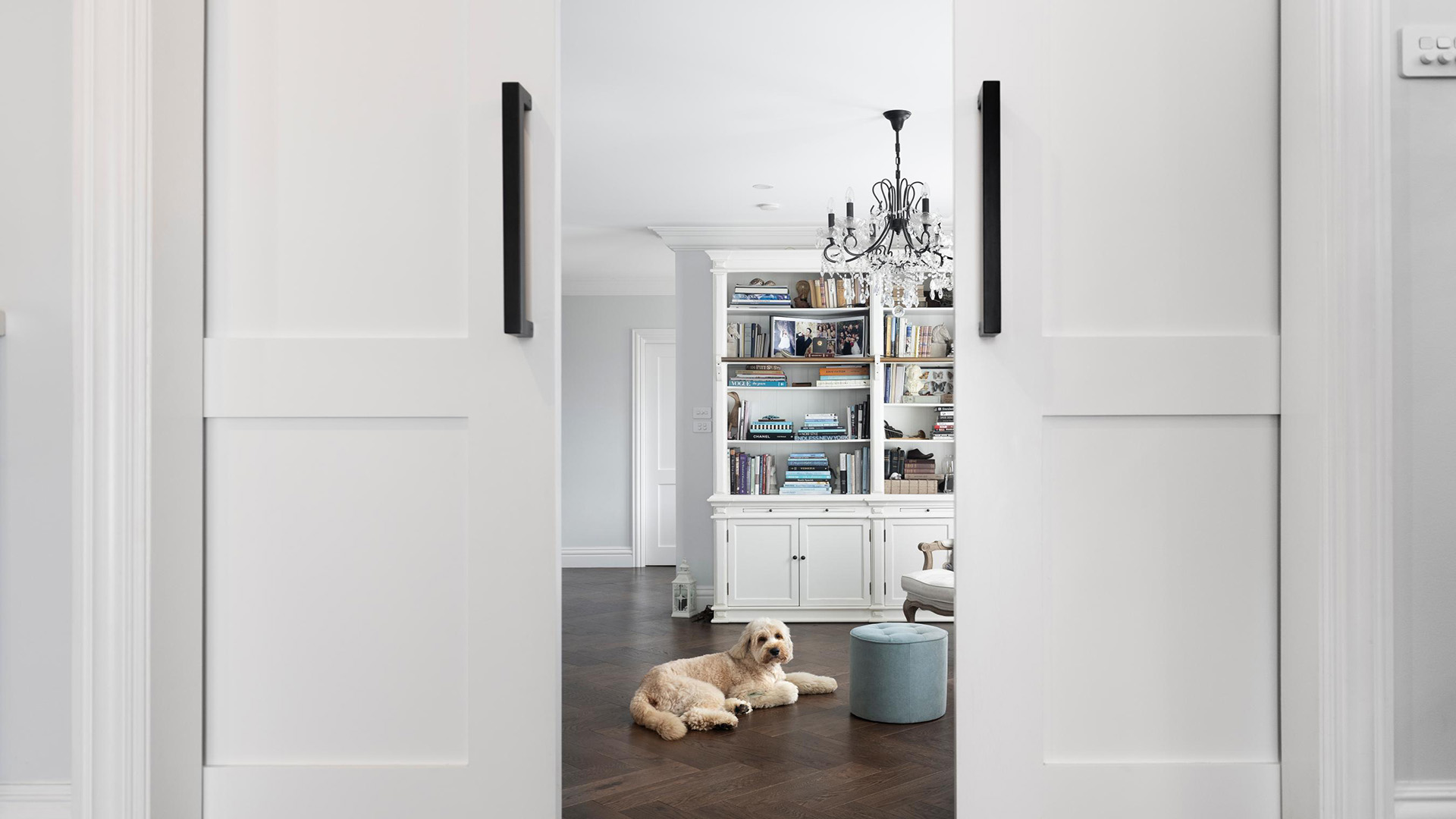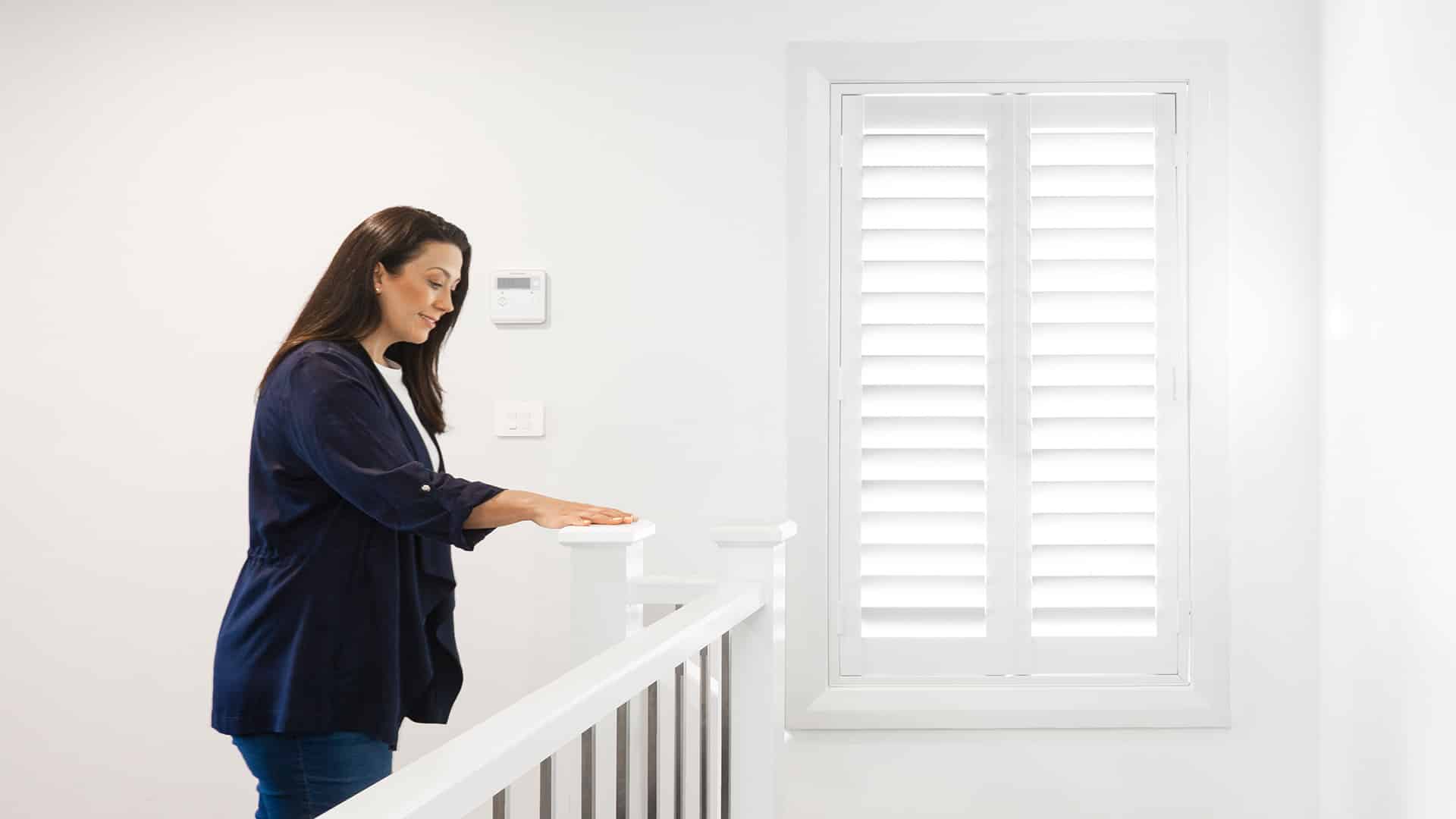Understanding Sliding Door Sizes: A Complete Guide
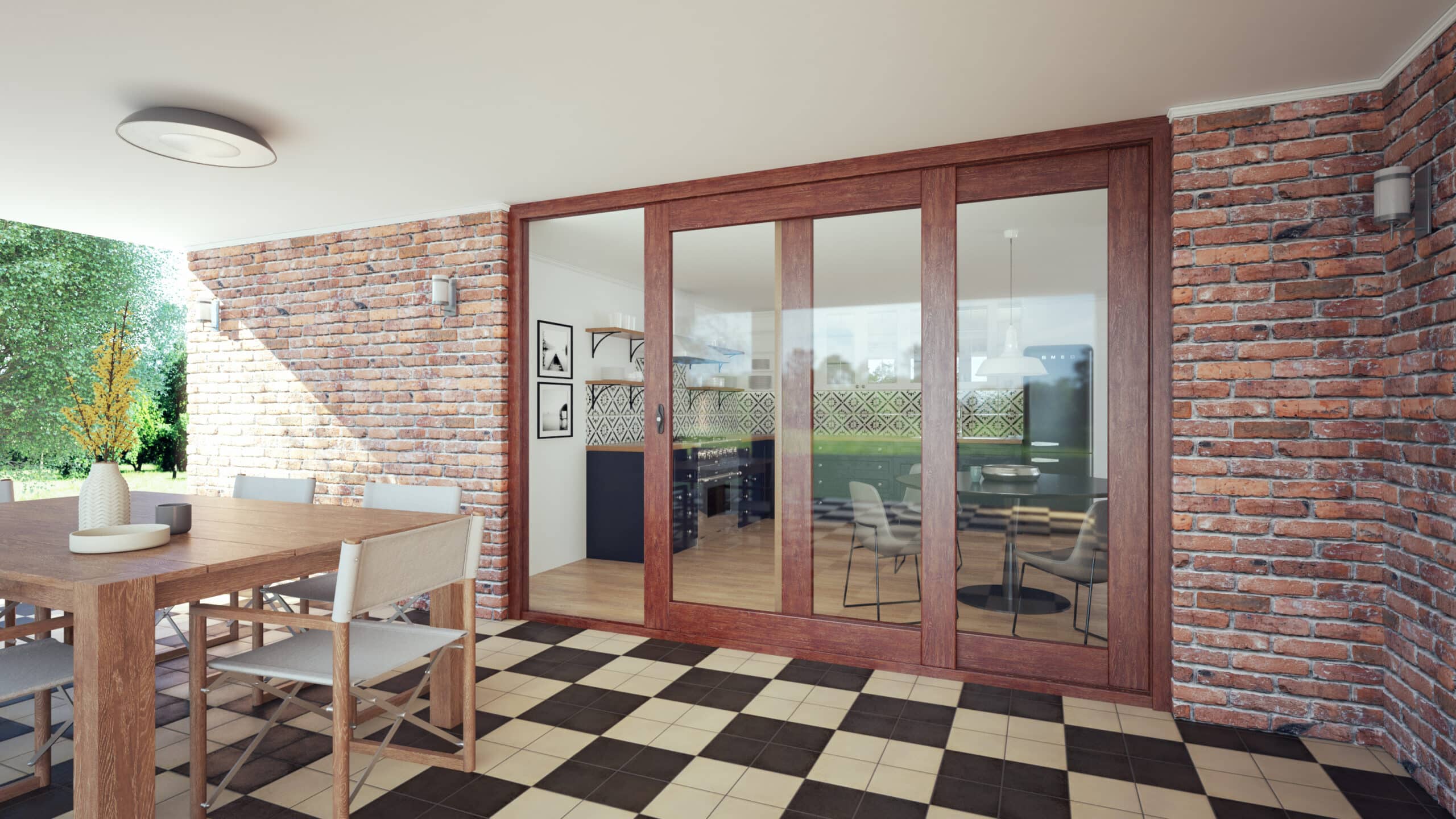
Picture a beautifully designed room that seamlessly blends indoor and outdoor living.
What’s one of the key elements?
The perfect-sized sliding door.
It’s like finding the right piece of a puzzle- too small, and the picture feels incomplete; too large, and it overwhelms the space.
Whether you’re building a new home, renovating an existing space, or replacing an old door, choosing the right sliding door size is not overlooked.
In this guide, we’ll check out standard sliding door sizes, custom sliding door dimensions, and practical tips for measuring your space.
So let’s slide into the world of sliding doors and find the perfect fit for your space.
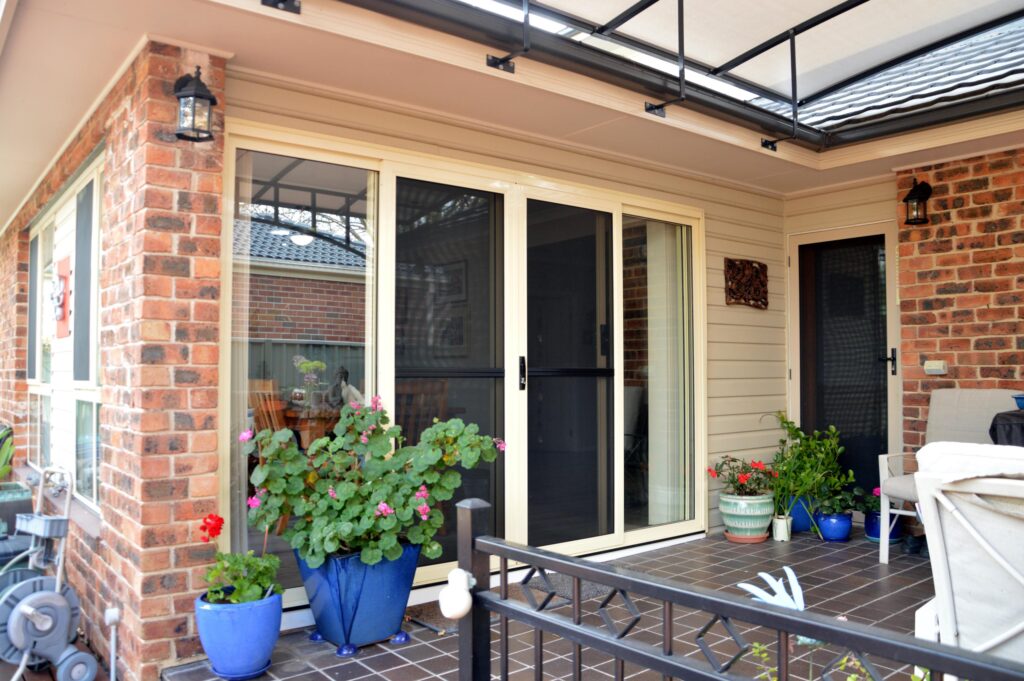
Understanding Standard Sliding Door Sizes
External Patio Doors
- Height range: 2100mm to 2400mm.
- Width range: Varies based on the number of panels (typically from 1500mm to over 6000mm for larger multi-panel units)
- Panel combination: 2-4 panels
- Usage:
-
- Ideal for connecting living rooms to patios or gardens.
-
- Enhances access to outdoor dining areas from the kitchen.
-
- Perfect for integrating poolside areas with the main house.
Internal Sliding Doors
- Standard heights: 2040mm, 2120mm, 2340mm.
- Width range: Typically ranges from 620mm to 920mm but can vary depending on design and purpose.
- Usage:
-
- Suitable for separating living areas from bedrooms.
-
- Great for creating flexible space in home offices or studios.
-
- Useful for dividing large rooms into multi-functional areas.
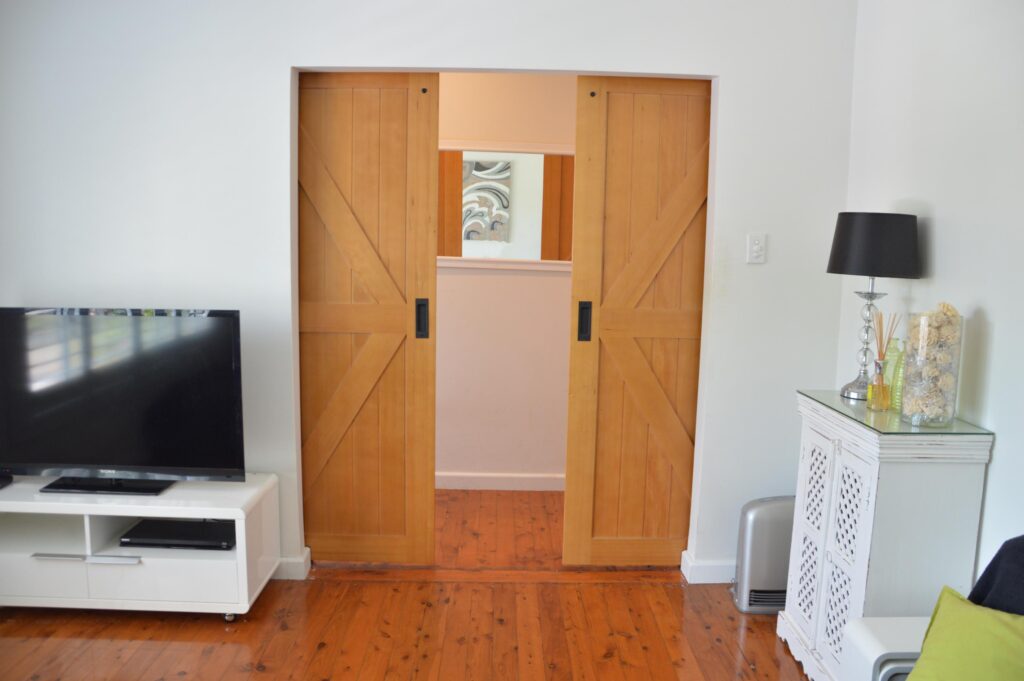
Specific Sliding Door Types
- Alfresco/Stacker Sliding Doors
-
- Height: 2100mm, 2400mm
-
- Width range: 2220mm to 6228mm
-
- Panels: 3 to 6 panels
-
- Usage:
-
-
- Allows for wide openings to outdoor entertainment areas.
-
-
-
- Provides extensive access to balconies in apartments.
-
-
-
- Offers panoramic views in living rooms or sunrooms.
-
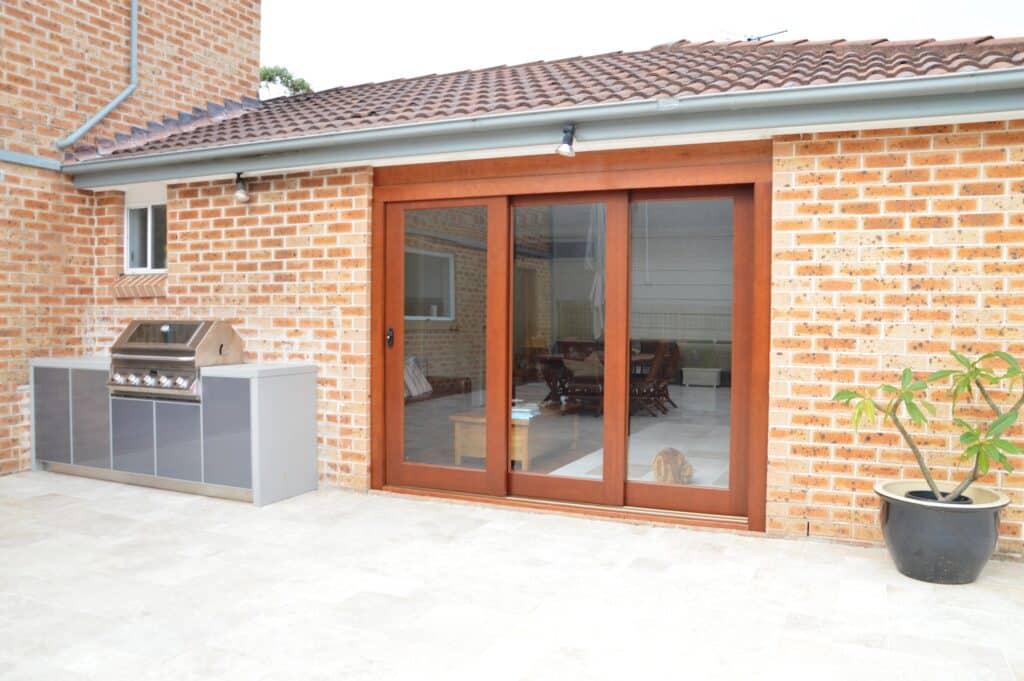
- XO and OXO Sliding Doors (X is the sliding section, and the O is the fixed)
-
- Height: 2100mm, 2400mm
-
- Width (XO): 1500mm to 2400mm
-
- Width (OXO): 2709mm to 3609mm
-
- Usage:
-
-
- XO doors are good for side openings in narrow spaces.
-
-
-
- OXO doors work well in central areas for balanced access.
-
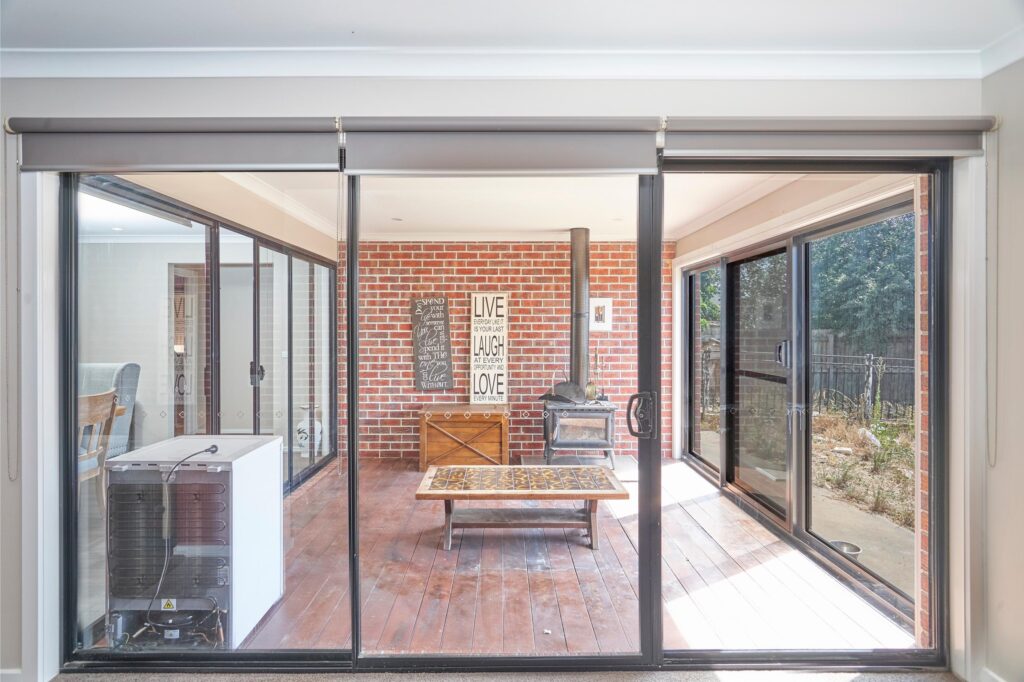
- OXXO Sliding Doors
-
- Height: 2100mm, 2400mm
-
- Width range: 2988mm to 4788mm
-
- Usage:
-
-
- Ideal for large living spaces requiring wide, central access.
-
-
-
- Suitable for spacious master bedrooms leading to private terraces.
-
Delving Into Custom Sliding Door Sizes
When it comes to custom sliding door sizes, there’s a unique balance between practicality and personal style.
Let’s explore why you might go custom and the variety of options out there.
Why Custom Sizes Can Be a Game-Changer
- Unique spaces: Homes are like fingerprints– no two are exactly the same.
Custom sizes are perfect for those quirky or non-standard spaces where off-the-shelf doors just won’t fit.
- Design freedom: Imagine having a blank canvas for your doorways.
Custom sliding door sizes allow you to dream big– think floor-to-ceiling glass doors or extra-wide entries for a grand effect.
- Functional tailoring: Every home has different needs.
Whether it’s accommodating mobility requirements or creating a smooth indoor-outdoor flow, custom doors can be customised to suit any lifestyle.
The World of Custom Sliding Door Size Options
- Height and width variations: You’re not limited to the standard sizes anymore.
Go as tall or wide as your space allows– or as your imagination desires.
- Door styles and configurations:
-
- Multi-panel doors for large openings.
-
- Corner doors to utilise every inch of your space.
-
- Curved sliding doors for a touch of modern elegance.
- Material and glass selection:
-
- Wood types from classic oak to contemporary bamboo.
-
- Aluminium or composite materials for a sleek, modern look.
-
- Glass choices, including clear, frosted, or tinted, and energy-efficient options like double glazing.
- Custom hardware:
The little things matter.
Choose tracks, handles, and locks that match your door’s style and complement your home’s overall decor.
Custom sliding doors aren’t just about filling a gap in the wall; they’re about creating a space that reflects you and your home.
Whether you’re renovating an older home, dealing with a challenging layout, or simply want a door that’s unique, custom sizes offer the perfect solution!
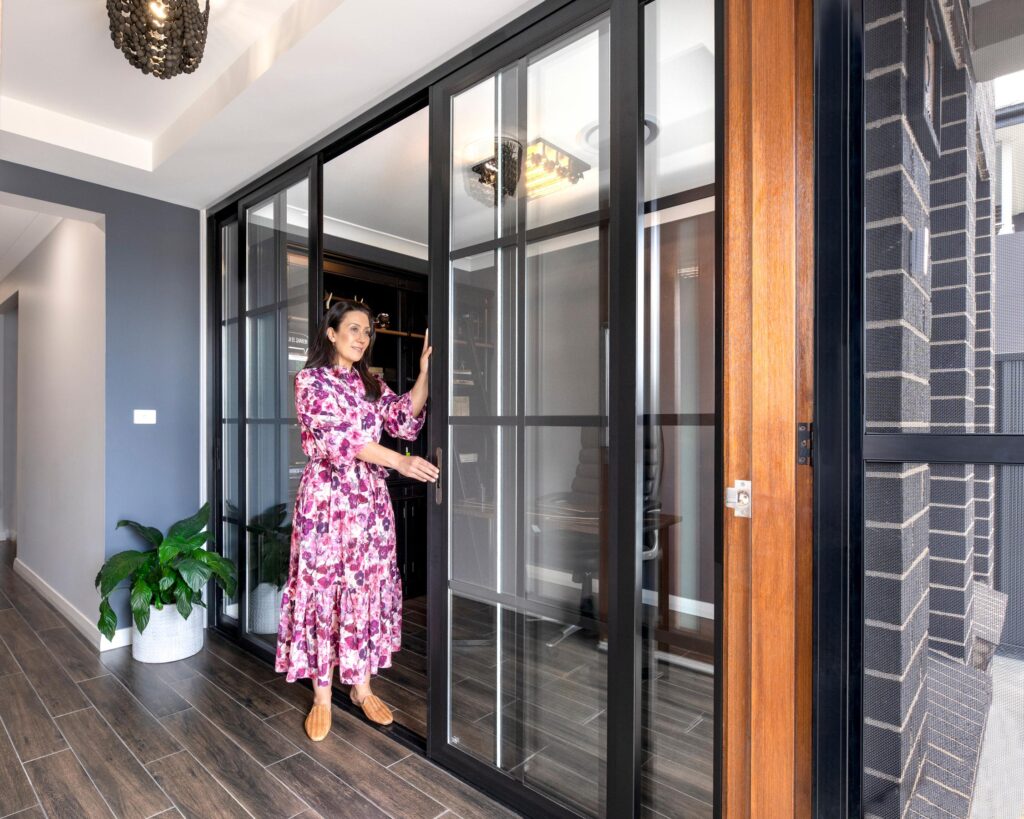
How To Measure for a Sliding Door
Step 1: Measure the Width of the Doorway
- Tools needed: A reliable tape measure.
- How to do it:
-
- Start by measuring the width at the top of the doorway, from one inside edge to the other.
-
- Repeat this process in the middle and at the bottom of the doorway.
-
- Record all three measurements. If they differ, use the smallest measurement for the door width.
- Why it’s important: This ensures that the door will fit in the narrowest part of the opening.
Step 2: Measure the Height of the Doorway
- Tools needed: A tape measure.
- How to do it:
-
- Measure from the floor to the top of the door opening.
-
- Repeat this measurement in the middle and on both sides of the opening.
-
- Record these measurements, using the smallest one as the height for your door.
- Why it’s important: Variances in floor level or construction can affect the height. Using the smallest measurement will make sure the door will fit.
Step 3: Measure the Door Frame Depth
- Tools needed: A tape measure or a ruler.
- How to do it:
-
- Measure the thickness of the door jamb, from the outermost to the innermost part.
-
- This is the depth your new door will need to accommodate.
- Why it’s important: The door frame depth determines the appropriate size for the door and its hardware.
Step 4: Account for Any Tracks or Rails
- Remember: How will the door be installed, and what space is needed for tracks?
- How to do it:
-
- Measure the area where the track or rail will be installed.
-
- Make sure there’s enough room for the door to slide without obstruction.
- Why it’s important: Tracks or rails require additional space; ignoring them can lead to installation issues.
Step 5: Ensure Squareness
- Tools needed: A tape measure or a long ruler.
- How to do it:
-
- Measure diagonally from each top corner of the doorway to the opposite bottom corner.
-
- If these two diagonal measurements are the same, the door frame is square.
- Why it’s important: A non-square frame can cause problems with door installation and operation.
Step 6: Record All Measurements
- Tools needed: Notepad and pen.
- How to do it:
-
- Write down all your measurements clearly, labelling width, height, and frame depth.
-
- Note the smallest width and height measurements, as these are critical.
- Why it’s important: Accurate record-keeping ensures you have the correct measurements when purchasing or ordering your door. There’s no point doing all this work and later forgetting the measurements!
Step 7: Common Measurement Mistakes To Avoid
Not Using a Reliable Measuring Tape
- Mistake: Using an old, damaged tape measure will lead to inaccurate readings.
- Solution: Always use a sturdy, rigid tape measure for precise measurements.
Not Checking the Squareness of the Doorway
- Mistake: Assuming the doorway is square without checking can lead to the door not fitting properly.
- Solution: Measure diagonally in both directions. If the measurements are the same, the frame is square.
Forgetting To Consider the Track or Rail
- Mistake: Ignoring the space needed for the door’s track or rail leads to door installation issues later on.
- Solution: Measure and account for the space required by the track or rail system in your doorway planning.
Using the Largest Instead of the Smallest Measurement
- Mistake: Basing the door size on the largest measurement will result in gaps around the door.
- Solution: Use the smallest measurements to ensure a snug fit, especially in older homes where doorways are likely not uniform.
Measuring the Door Instead of the Opening
- Mistake: Measuring the existing door rather than the opening can lead to incorrect sizing.
- Solution: Always measure the doorway opening, not the door itself, to get the right dimensions for the new door.
Ignoring Vertical and Horizontal Level
- Mistake: Not checking if the floor and sides of the doorway are level will affect the doors opening and closing operation.
- Solution: Use a level to check both the vertical and horizontal alignment of the doorway.
Overlooking Obstructions
- Mistake: Failing to take into account nearby obstructions like electrical outlets or switches.
- Solution: Identify any potential obstructions in the door’s path.
Not Accounting for Trim or Moulding
- Mistake: Overlooking the door trim or moulding in measurements can lead to a tight fit or a need for adjustments later on.
- Solution: Measure the space with trim or moulding in mind, or consider removing them for a better fit.
Choosing the Right Size Sliding Door for Your Space
Picking the right-sized sliding door really comes down to thinking about what you need from the room.
In bedrooms, a door with frosted glass is a great choice.
It keeps things private but lets in light, making the room feel snug and comfortable.
A wider door is handy in the dining room, especially if it opens to the kitchen or a backyard or deck.
It makes moving in and out easier and lets in plenty of sunlight.
For living rooms, big glass doors can change the whole feel of the place.
They open up the room, making it feel bigger and more welcoming, and bring in lots of natural light.
It’s all about what works for you and your space.
The right door should fit how you live and add something special to the room, whether it’s more light, a better view, or just making the space work better for you.
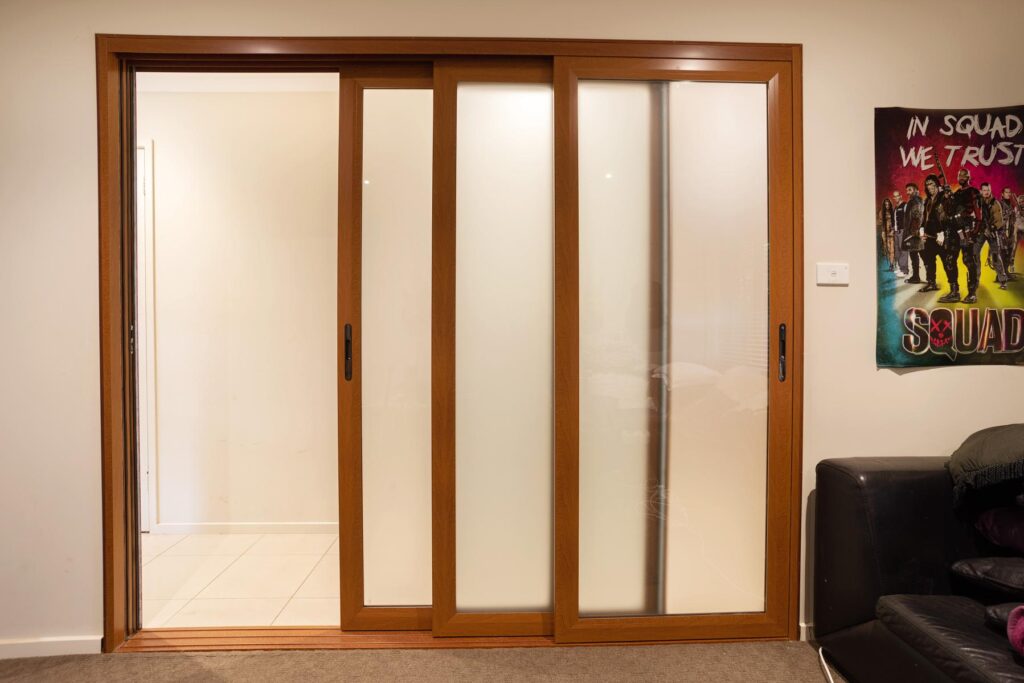
Elevate Your Space With the Perfect Sliding Door Size
Choosing the right size for your sliding door is more than just a practical decision; it’s about bringing a new vibe to your home.
Whether it’s for privacy in your bedroom, ease of movement in the kitchen, or to make your living room feel more spacious, getting the size right is key.
If you’re looking for some help with that, Doors Plus is a great place to start.
We can sort you out with the right size and style for your space and even do the installation.
Contact Doors Plus for a free measure and quote, or pop into our nearest showroom and explore our range of sliding door options.
FAQs About Sliding Door Sizes
What Are the Standard Sizes for Sliding Doors in Australia?
In Australia, standard sliding door sizes can vary, but they generally range in height from 2100mm to 2400mm.
The width often varies depending on the design and the number of panels, with common widths ranging from 1500mm to over 6000mm for larger multi-panel units.
How Much Bigger Should a Sliding Door Be Than the Opening?
Typically, a sliding door should be slightly larger than the opening to ensure a proper fit.
Generally, allowing an extra 5mm on each side of the door is recommended.
This extra space helps to allow room for the door’s hardware.
Although it’s best to talk to the door manufacturer for the best advice.
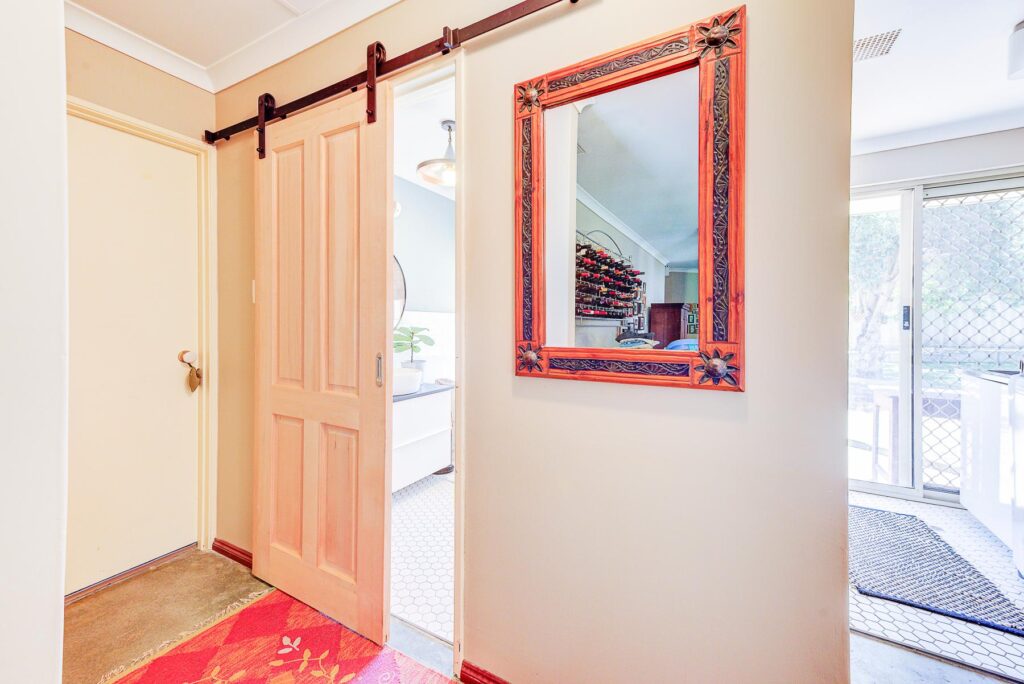
What Are the Standard Sizes of Aluminium Sliding Doors?
Aluminium sliding doors come in different standard sizes.
Common heights range from 2100mm to 2400mm.
The width can vary a lot, with standard sizes including widths like 1500mm, 1800mm, and wider.
The exact size can depend on the number of panels and the specific design of the door.
Can Sliding Doors Be Cut to Size?
No, cutting sliding doors to size is not a good idea, especially if they’re made of glass or aluminium.
Altering them will affect their structure and how they work.
If you need a door of a specific size, it’s better to get a custom-made one.


